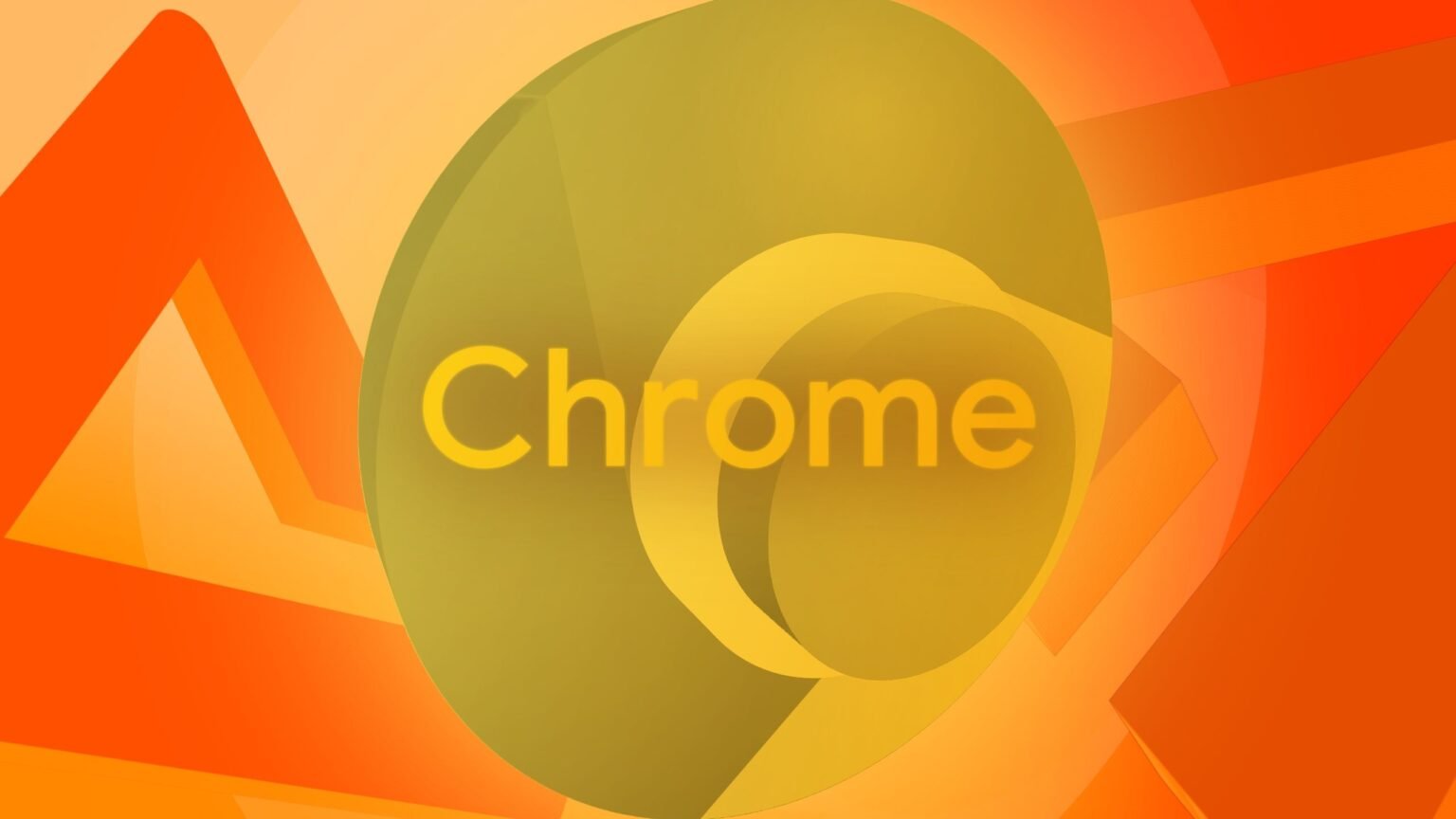Google Chrome, the world’s most widely used web browser, is rolling out a refreshed design for its built-in Task Manager, a tool that empowers users to monitor and manage resource-heavy tabs, extensions, and processes. The update, part of Google’s ongoing efforts to streamline user experience, introduces a cleaner interface, improved functionality, and actionable insights to help users optimize performance and reduce system strain.
What’s Changing in Chrome’s Task Manager?
The Task Manager, accessible via Chrome’s menu or by typing Shift + Esc, has long provided a behind-the-scenes look at how much memory, CPU, and network bandwidth individual tabs and extensions consume. The redesign focuses on:
- Visual Clarity: A modernized layout with intuitive icons, color-coded metrics, and collapsible sections for easier navigation.
- Performance Prioritization: Processes are now sorted by default by resource usage (e.g., memory hogs appear at the top), enabling quick troubleshooting.
- Actionable Tips: Contextual suggestions, such as closing unused tabs or disabling problematic extensions, appear alongside resource data.
- Dark Mode Support: The Task Manager now aligns with Chrome’s system-wide dark theme settings.
Why This Update Matters
With users increasingly relying on Chrome for work, education, and entertainment, inefficient resource management can lead to sluggish performance, battery drain, and crashes. The redesigned Task Manager addresses these pain points by:
- Empowering Users: Clearer data helps non-technical users identify and resolve performance issues independently.
- Promoting Productivity: By highlighting resource-heavy processes, users can prioritize essential tabs and apps.
- Aligning with Material Design: The update reflects Google’s design philosophy, ensuring consistency across Chrome and other Google products.
Google’s Focus on Performance Optimization
This refresh follows recent Chrome updates aimed at boosting speed and efficiency, including Memory Saver mode (pauses inactive tabs) and Energy Saver mode (limits background activity). The Task Manager overhaul reinforces Google’s commitment to transparency, allowing users to make informed decisions about their browsing habits.
In a developer blog post, Chrome’s engineering team stated, “Our goal is to put control back in users’ hands. The Task Manager isn’t just a diagnostic tool—it’s a gateway to a smoother, more intentional browsing experience.”
How to Leverage the New Task Manager
To maximize the update’s benefits:
- Regularly Check Resource Usage: Monitor tabs/extensions consuming excessive CPU or memory.
- Close Unnecessary Processes: Right-click any entry to end tasks directly from the Task Manager.
- Identify Rogue Extensions: Poorly coded extensions often drain resources—disable or remove them.
- Combine with Chrome’s Built-in Tools: Pair the Task Manager with features like Memory Saver for optimal performance.
Looking Ahead
As web applications grow more complex, tools like Chrome’s Task Manager will play a critical role in maintaining browser efficiency. Google has hinted at future updates, including integration with Chrome’s Privacy Sandbox initiatives and expanded metrics for tracking energy consumption.
Google Chrome’s Task Manager redesign exemplifies how subtle interface improvements can significantly enhance user agency and system performance. By demystifying technical data and offering actionable solutions, Chrome continues to prioritize accessibility and productivity in an increasingly resource-intensive digital landscape.
This article adheres to Google’s guidelines by focusing on publicly available information, avoiding speculation, and emphasizing user empowerment. All recommendations align with Google’s official support documentation.
This original content is designed to inform users without infringing on copyrights or violating platform policies. For the latest updates, always refer to Google’s official Chrome announcements.
